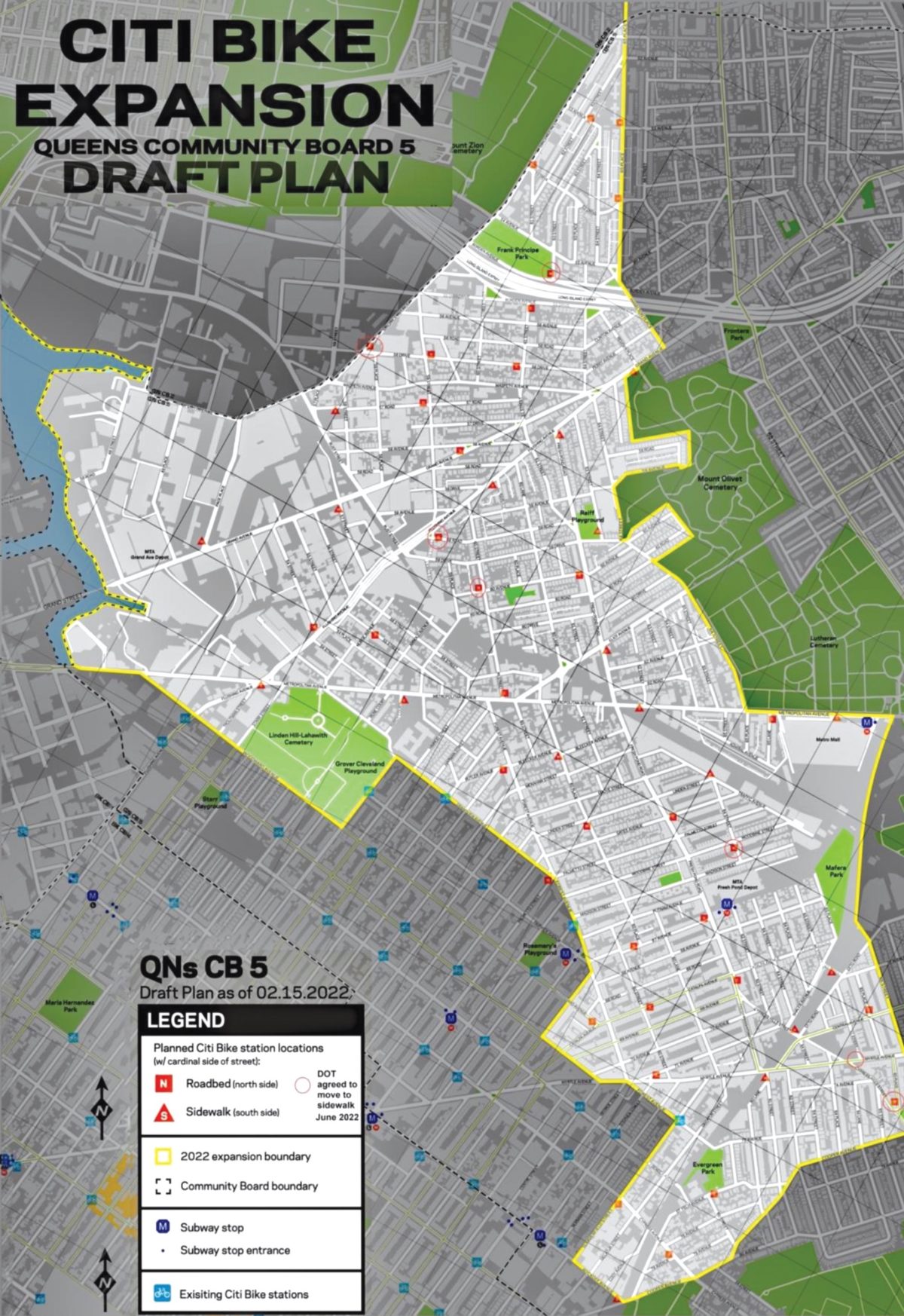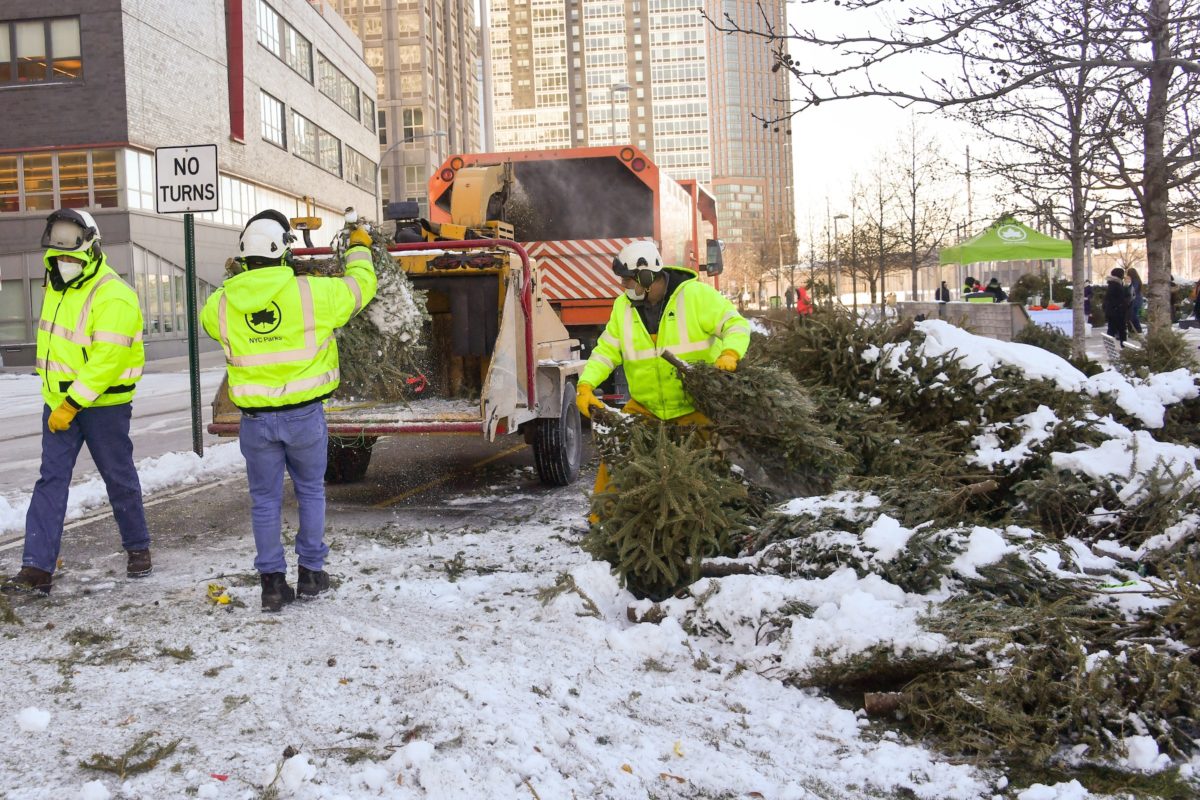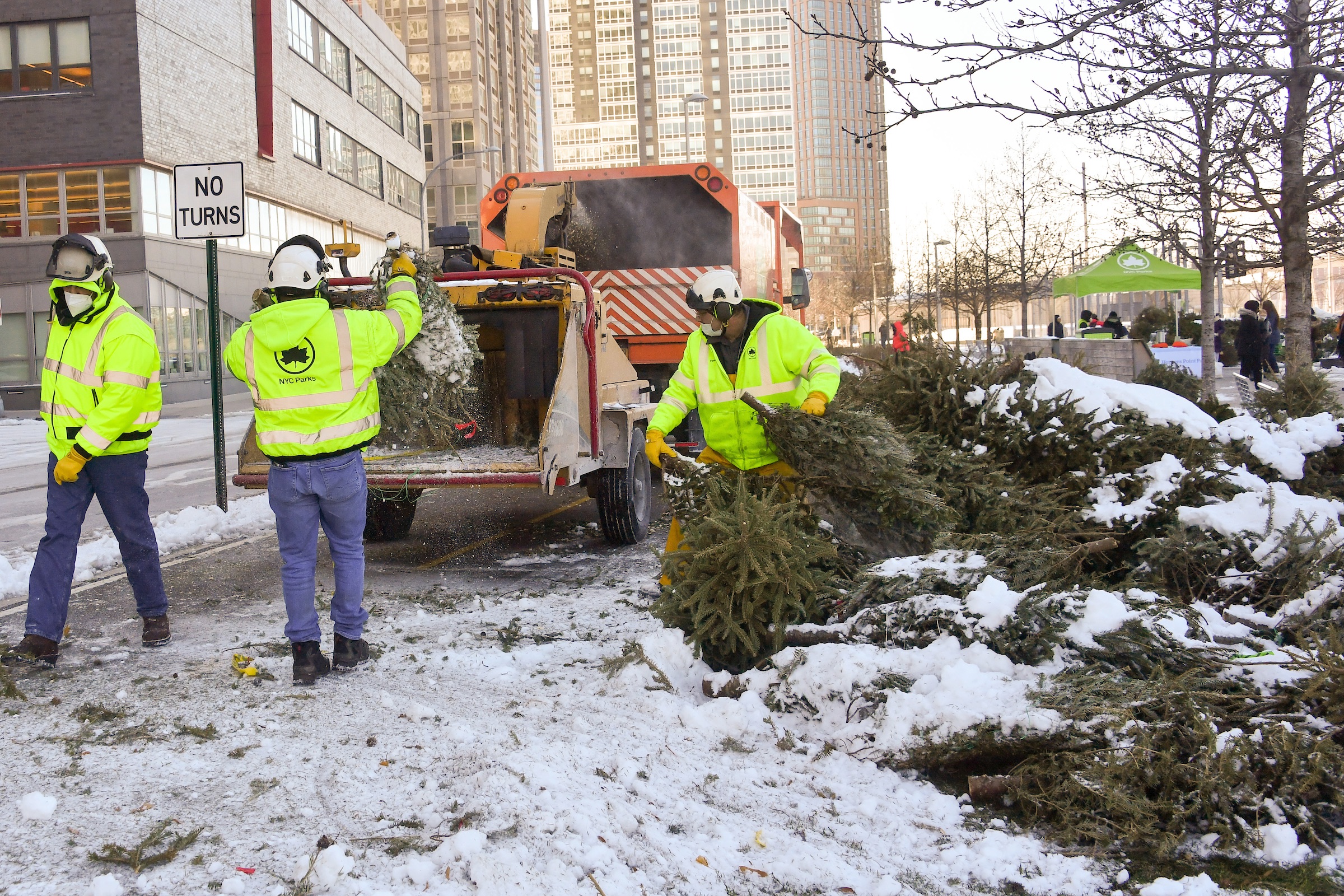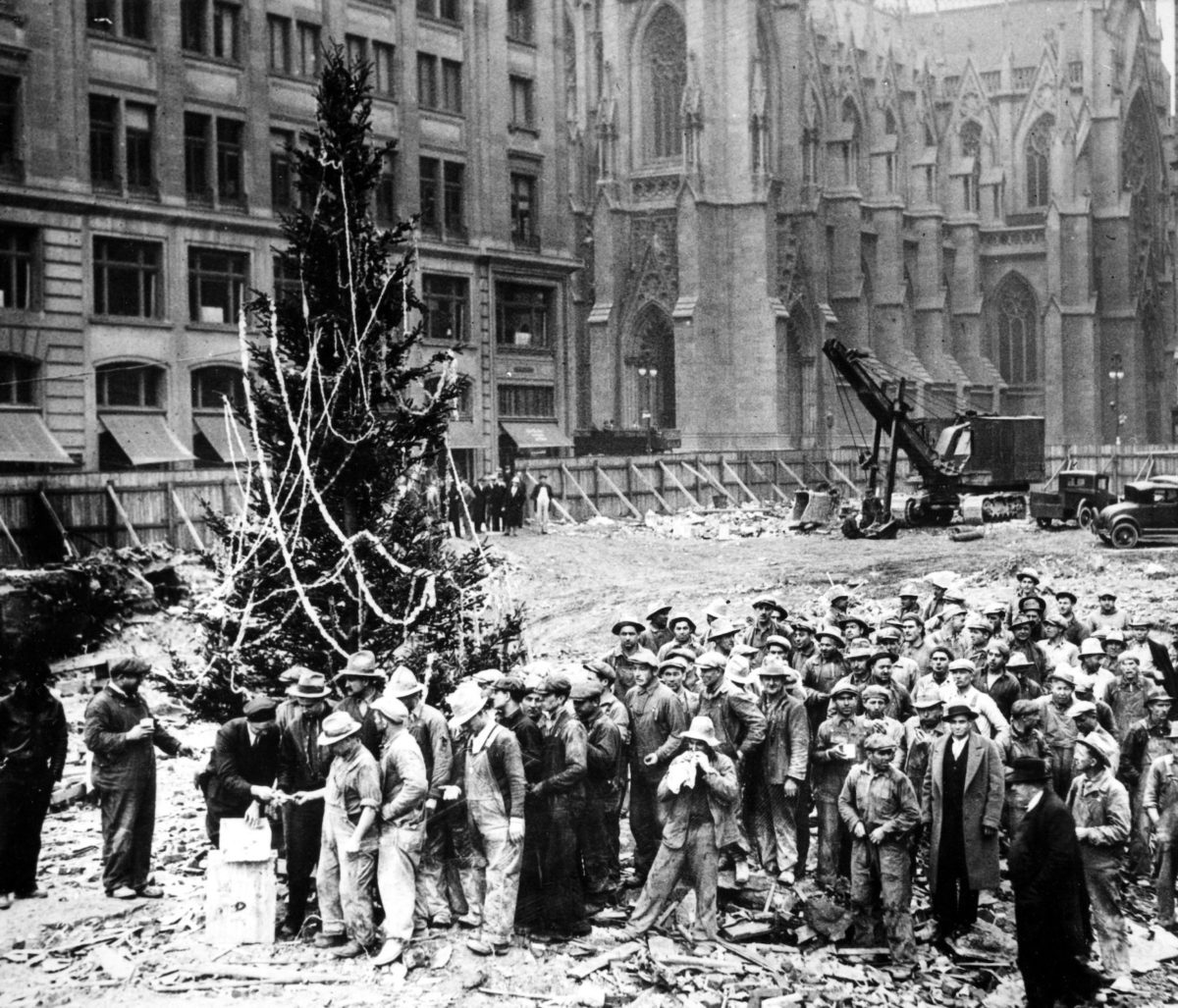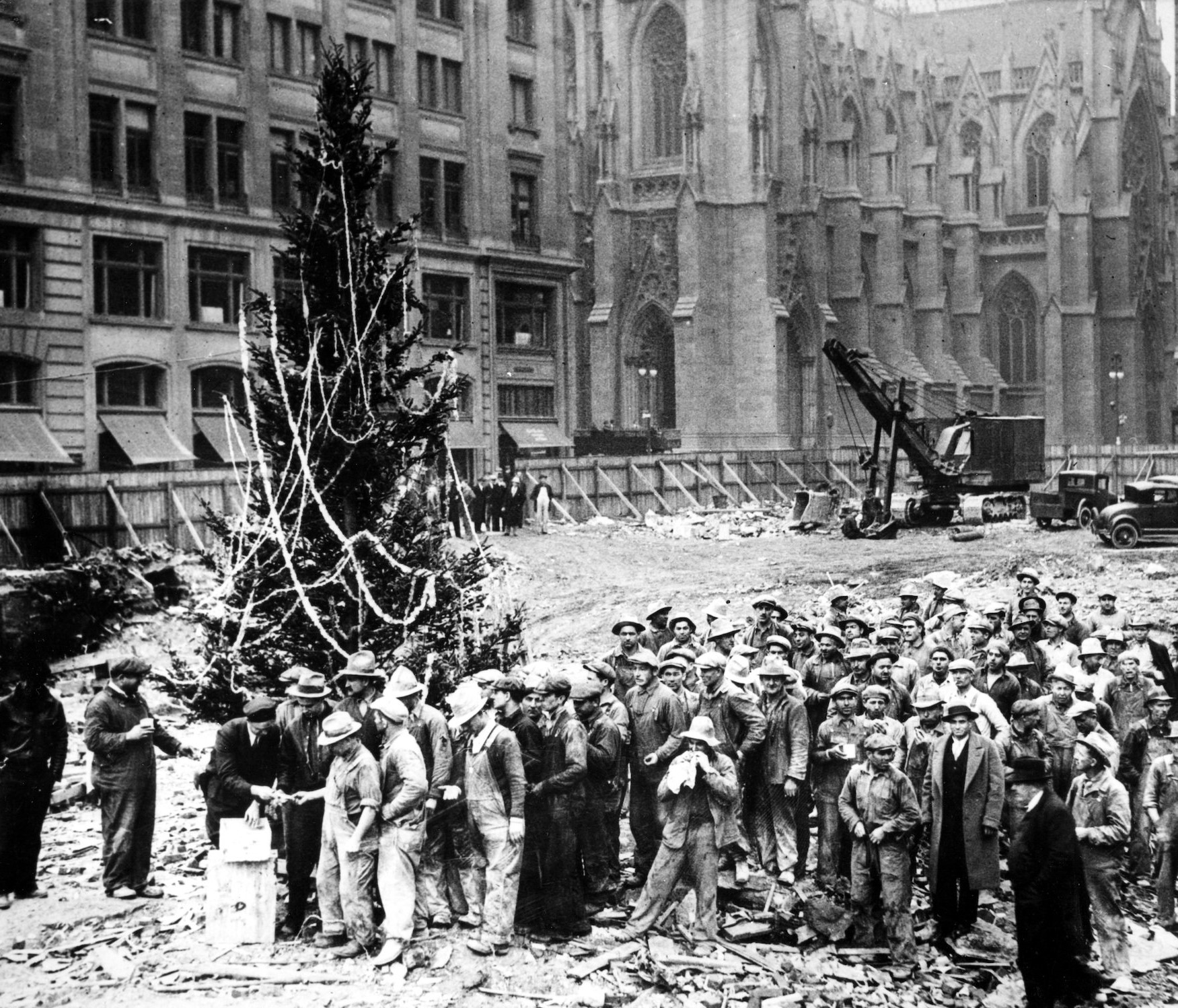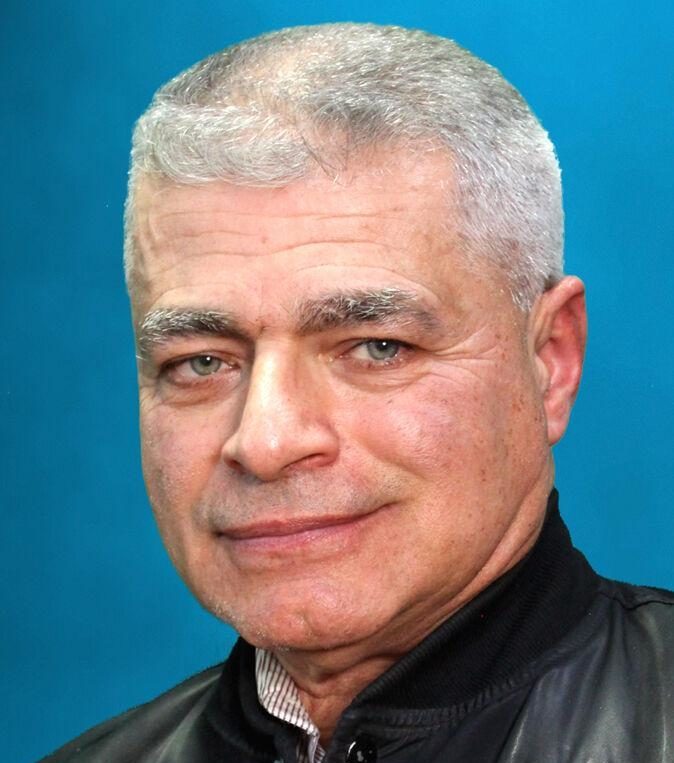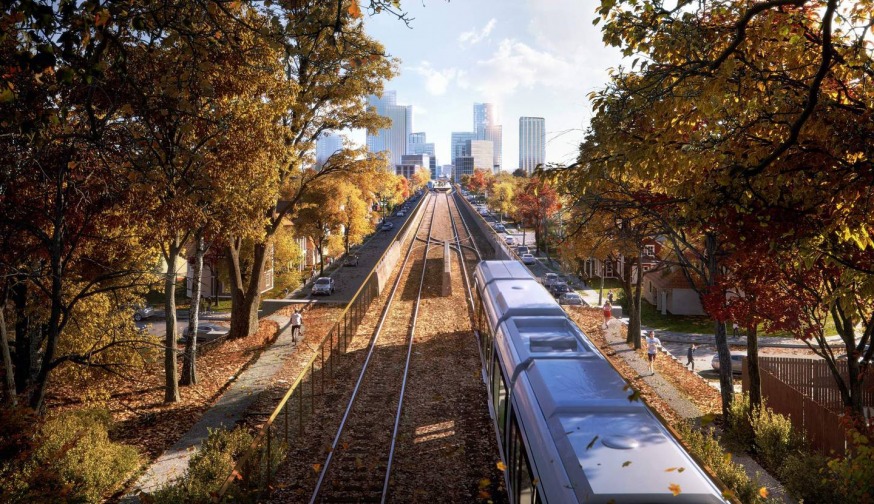JPCA updates Citi Bike counterproposal
Group will negotiate with DOT before finalized plan
By Jessica Meditz
Following a pause for additional community feedback on the Department of Transportation’s (DOT) Citi Bike expansion plan for District 5, Juniper Park Civic Association (JPCA) has released an updated counterproposal.
Back in April, JPCA released their initial counterproposal in response to the DOT’s original draft plan – which sought to add 52 Citi Bike stations to Ridgewood, Maspeth, Middle Village and Glendale. Thirty-four stations were planned to go in roadbeds and 18 stations were planned to go on sidewalks.
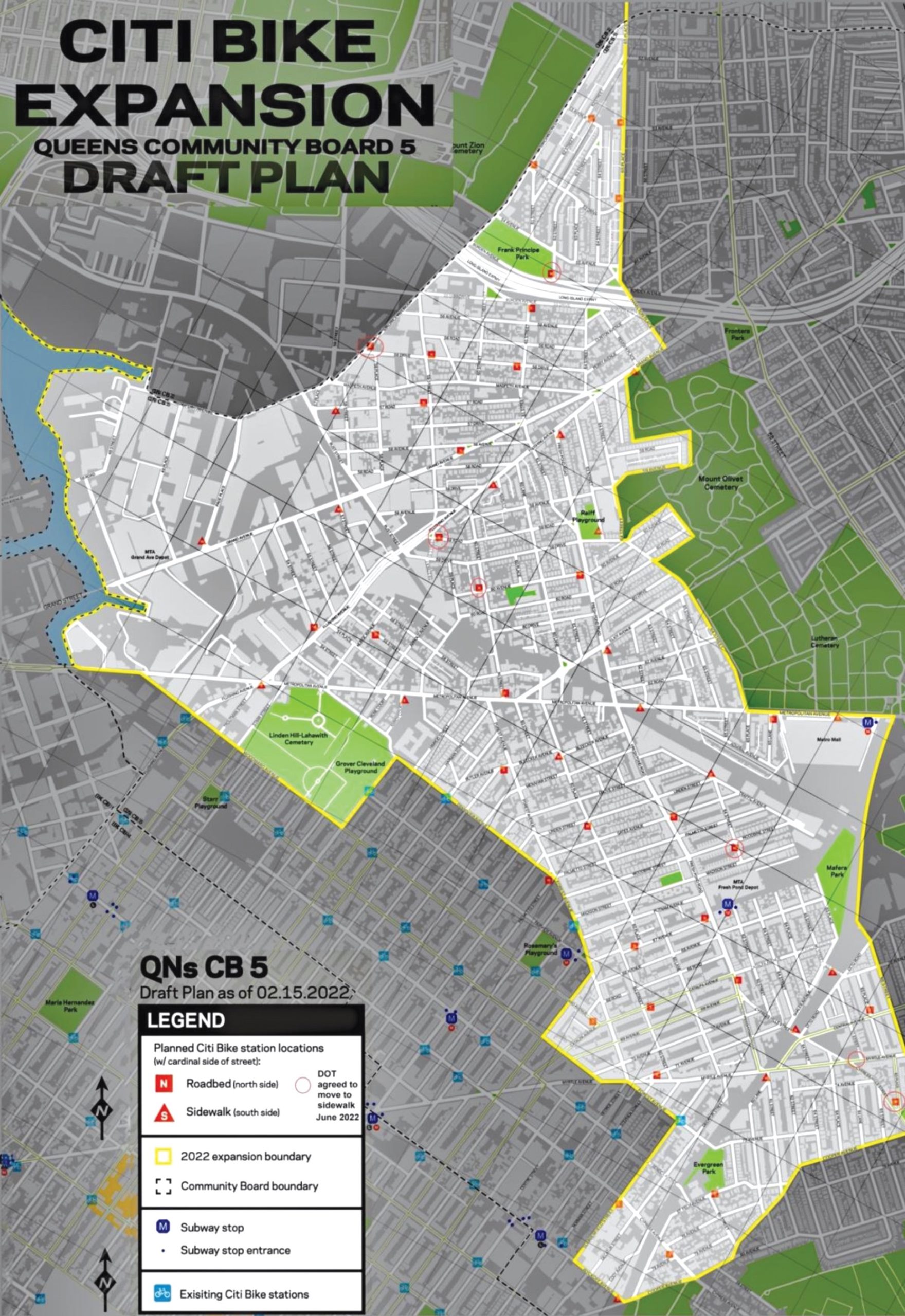
The original proposal for the Citi Bike expansion in District 5, circulated by the DOT.
JPCA’s original proposal called for 45 total stations – all on sidewalks in the interest of preserving parking spaces for locals.
Christina Wilkinson, a member of JPCA who prepared the counterproposal, said that despite submitting the original document to the DOT in April, they did not hear back until June, and all but seven new suggestions for the 34 stations allotted for the roadbeds were rejected.
“The reasons they gave didn’t really make any sense. It was this language that maybe they would understand, but nobody outside of the DOT would,” Wilkinson said.
She along with Councilman Robert Holden also felt a great sense of disappointment when the DOT neglected to present their plan to the full Community Board and obtain feedback from local businesses.
Additionally, at Community Board 5’s monthly meeting on Dec. 14, the board voted overwhelmingly in favor of submitting a letter to the DOT requesting that they be able to play an “active role” in the implementation of the program and the placement of these stations.
After some negotiation with the DOT, JPCA’s updated counterproposal calls for 53 stations in total, with 20 in roadbeds and 33 on sidewalks or in no parking areas.
The group argues that the neighborhoods of District 5 are low-rise communities where the majority of residents already own bikes and can adequately store them, resulting in a “reduced demand.”
They also brought up that because this area is a “transit desert,” many residents own cars and thus, need the street parking.
In addition, they argue that roadbed docks “prevent adequate street cleaning,” and that only able-bodied people can enjoy the bikes.
Ridgewood Gardens Associates, Inc., a residential cooperative corporation located at 5224 65th Place in Maspeth, expressed their dissatisfaction with the proposed placement of the Citi Bike stations near their property in a letter to Holden.
“These locations make no sense for several reasons…A large part of our resident population is elderly and they along with other residents struggle to find parking,” George Mandato, board president of Ridgewood Associates, Inc., wrote in the letter. “The inability to find parking is a serious problem for them and the loss of many parking spaces will clearly prejudice the health and safety of these disabled individuals.”
Wilkinson feels that CB5 had the right idea by voting to send that letter requesting more input, and that many people most likely are not even aware of the stations that are coming.
“The more input, the better,” she said. “We didn’t know about this co-op having an objection until [Dec. 16], so I guess most people in the area don’t know that this is coming. And when they find out, they freak out.”
The installation of the stations will be delayed until at least January, but it’s not certain as to when residents will begin seeing more Citi Bikes

